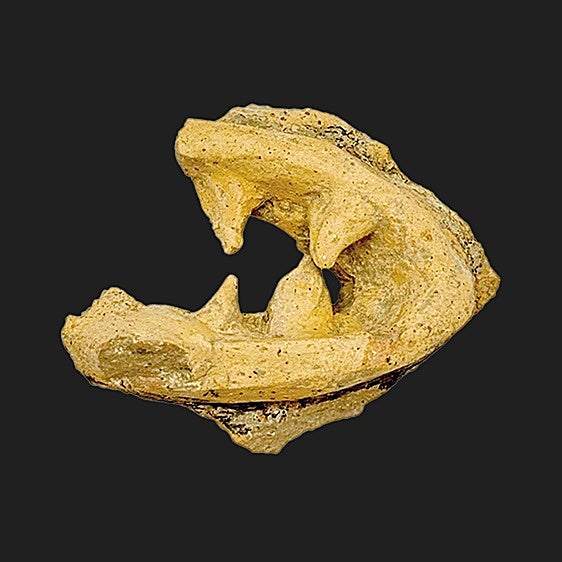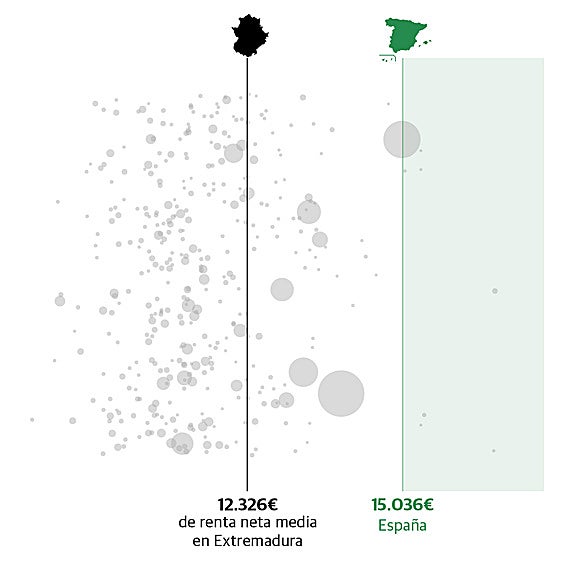Self-tanning products, the only route to a healthy suntan
That desired bronzed look can be achieved without the risks of too much sun and skin damage say experts, who point out that patients refuse to see the dangers involved in lying in the sun
Carmen Barreiro
Viernes, 9 de junio 2023
'Dermatologists are fighting an ongoing war to end the fashion for tanned skin." Dr Ana Molina did not mince her words when explaining the "irreversible damage" we do to our bodies every time we sunbathe.
"We must understand that the most beautiful and healthy thing for our skin is its natural colour, whatever that may be within the standard colour palette.
"The sun has many benefits for our body, but we must use it properly. And turning round and round while laid for hours on the beach, or stepping into a sunbed salon to get bronzed, are not the proper way at all," said the author of the book Piel Sana, Piel Bonita (Healthy Skin, Beautiful Skin, published by Paidos), one of the best-known faces in Spain in the field of dermatology.
Her colleague, Dr Paloma Borregón, concurs with that opinion. "Self-tanners, whether cream, oil, spray, foam, mist, or wipes are the only healthy tan out there because they don't stimulate melanin production. That is to say, they give you colour without attacking the skin," clarified the medical director of Kalosia Clinic (Madrid).
Ignoring the risks
In fact, it strikes them that often patients "get more worked up when you tell them that the sun is going to wrinkle their faces than when you talk about skin cancer."
"It's like they're trying to convince themselves that sunbathing isn't as bad as we make it out to be. Patients come to my surgery telling me that they have caught some rays to 'prepare the skin for summer'.
"Are we insane? That is like saying that I smoke a cigarette daily to prepare myself for the big wedding cigar," complained Dr Paloma Borregón.
For dermatologist Ana Molina, self-tanners "are the best invention in the world because they tan us without the need to expose ourselves to the sun or damage the skin.
"There is a phrase in English that defines it very well: 'Better fake than bake'. And it is not just marketing hype, it's the truth," she said.
These products, which are sold in different formats and textures in chemists, drug-stores, specialised skin care centres or online shops, achieve that much-desired golden effect "through dihydroxyacetone (DHA), a molecule that oxidises proteins on the skin's surface producing melanoidins, a brown substance similar to melanin in that it gives us a tanned appearance, but different to melanin in that we don't need to lie in the sun. It's like makeup, but long-lasting and non-staining," summed up Dr Molina.
Which sunscrean should I use?
"The important thing is that it meets three conditions. The first, that it has a very high sun protection factor (SPF), 50 at least for all parts of the body. The second, that it protects against UVA rays - normally this is shown as a small circle surrounding the word UVA - and, finally, that they also have protection against infrared and visible light. The ideal is to use a broad-spectrum sunscreen that protects us from the four types of radiation," explained dermatologist Ana Molina. But, watch out, "because you cannot apply SPF creams to babies under six months," added Dr Paloma Borregón.
Not sun protection
"Of course, it is important to follow the manufacturer's instructions so as not to end up with skin rashes on the body or orange hands," she warned.
One expert tip to apply these types of products successfully is to "mix them with a little moisturiser and exfoliate the skin the day before so that the final result is as even as possible. And always apply it with a mitten or glove so as not to end up with stained hands".
Airbrushing
An addition to the creams, mists or gels that everyone can apply at home (with increasingly sophisticated and natural formulas), another option growing in popularity is self-tanning booths. The concept is the same, because the products used in these centres do not harm the skin (adding colour only to the top layer of skin), and the tone can even be customised according to the customer's needs and tastes. What changes is the way to apply it.
"The process is quick and simple, no more than a quarter of an hour. The product is applied to the customer's skin with an airbrush and the tan lasts approximately one week, since it wears off as new skin cells regenerate," explained Isabel Delgado, partner and communication director of the Tannity chain of self-tanning centres, who also supply their self-tanning products for use at home.
To extend the life of the tan, it is advisable to moisturise daily after showering and to use specific creams that help maintain the golden tone of the skin for as long as possible.
Can it be applied to all skin types? "Unless you have a skin condition in flare-up, our bronzer adapts to all skin types, from people with psoriasis, dermatitis, atopic skin, with burns, scars... In any case, it is important to assess each case before tanning," said Isabel Delgado.



